Do All Golf Balls Go the Same Distance? Physics First
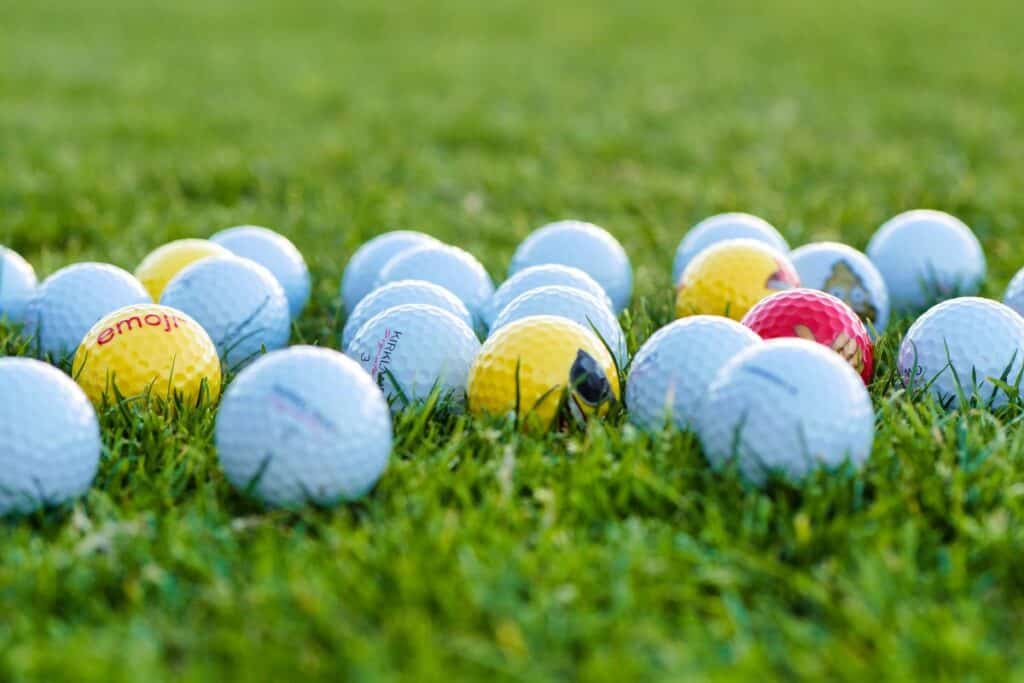
This post contains affiliate links from which Golfing Focus earns a commission (at no cost to you).
Rule 4.6 of the Rules of Golf seems pretty clear when it comes to the distance golf balls go.
It states that “the combined carry and roll of the ball, when tested on apparatus approved by the USGA and R&A – golf’s two governing bodies – must not exceed the distance specified under the conditions set forth in the Overall Distance Standard for golf balls.”
Since the ‘Overall Distance Standard’ currently can not be greater than 317 yards the answer to the question of whether all golf balls go the same distance would appear to be obvious as why would any manufacturer make a ball that can not go as far as the rules allow?
All golf balls do not go the same distance as distance is affected by the ball’s hardness, its weight, its size, its symmetry and also importantly by the swing of the player hitting it. Tests however show that new golf balls do not go further than old ones while colour and finish also does not affect distance.
Listen to the marketing of the golf ball manufacturers for too long though and you will likely come away convinced that every ball will give you the maximum possible distance both off the tee and with all your clubs.
But that is clearly not the case and given the huge amount of golf ball options available today – 1,229 according to the latest ‘List of Conforming Golf Balls’ – it can be difficult to work out what ball will give you the most distance, especially when all golf balls feel and look roughly the same when you pick them up.
So to help you choose which will be the best ‘distance’ ball for you we’re now going to break down the science and explain how hard or soft, heavy or light, new or old, and even the matte finish or colour, a golf ball is affects distance.
Do Hard or Soft Golf Balls Go Further?
That there are over 1200 golf balls available in today’s golf market may feel like bad news when it comes to working out whether hard or soft – in other words higher or lower compression – golf balls go further.
But the positive bit of all the golf ball technology which has hit the game over the past few years is that is it now more possible than ever for all players, whatever their budget, to have access to the best compression of golf ball that not only goes the furthest for their own swing but also suits their overall game.
Before we get into whether hard or soft or even supersoft golf balls go further though let’s just briefly confirm how we can tell whether a golf ball is hard or soft.
In short a ‘compression’ scale, between 30 to 110, is used to let golfers know how hard or soft a golf ball is.
When it is smashed by a club, a golf ball changes shape for a split second and how much it changes shape will determine its’ compression rating. And put simply a harder golf ball will change shape less than a softer one.
Therefore as you probably have guessed already a harder golf ball will have a higher compression number – closer to the 110 end of the scale – while a softer ball will have a lower compression number.
So does one type clearly go further than the other?
As a whole harder, or higher compression, golf balls go further when played by golfers with higher swingspeeds towards 100mph. These players however lose distance with soft or supersoft balls that players with lower swingspeeds of less than 80 mph can hit further due to the higher launch and hang time these balls give them.
Unfortunately however while this rule of thumb relative to swingspeed is correct the story does not end there and it’s worth bearing in mind a few more details when choosing which golf ball is best for you not only distance wise but for your overall game.
It’s very difficult to make a soft ball long …. Generally speaking there are two ways to make a golf ball softer – soften the core or soften the cover. If you soften the core generally you can maintain distance [but] you will reduce spin and if you go too far you end up with impact durability issues …. If you soften the cover the spin rate increases, your ball speed goes down and if you soften the cover too much you no longer have a distance golf ball.
Frank M. Simonutti, Global Director of Innovation, Wilson Sporting Goods
Firstly to make things a bit more complicated all the golf ball manufacturers use their own compression machine which means there is no industry standard compression number you can use to help you make your choice of ball.
For example if Titleist used their compression machine to measure a TaylorMade golf ball it would give a different compression value to the one TaylorMade’s own machine tells us it is.
In addition while some manufacturers in their marketing material will give you a golf ball’s ‘overall’ compression others will tell you the compression number of only the ‘core’ part of the golf ball.
There’s not therefore any exact comparative value to be found in the golf ball makers’ provided compression numbers but it will still give you a general idea of where it fits into the overall hard vs soft scale.
Secondly your own swing and how you strike the ball also affects the distance you can get with a hard or soft golf ball in addition to your swingspeed.
Golfer’s with higher swingspeeds, towards 100 mph and above for example, will use harder balls because the amount of force they hit the ball with is so great that the ball benefits from having less ‘interaction time’ with the club face.
If you tend to slice the golf ball however due to the club face being slightly open at impact, and you use a golf ball that is too hard, it is going to go even further offline because the reduced ‘interaction time’ with the club face will result in even more side spin being put on the ball.
If a slicer uses a softer golf ball though it’s going to stay on the face for a little bit longer and result in a slightly straighter shot which will more than likely travel further.
And if you slice the ball with a very slow swingspeed a really soft golf ball will potentially be the best choice for longer and straighter shots.

By comparison if you tend to draw your golf shots, you may find a soft golf ball that stays on the face too long, resulting in a hook which a harder golf ball would help correct to maintain both distance and accuracy.
So while your swingspeed will undoubtedly help guide you to the correct end of the hard or soft scale, where you sit within that band will also be impacted by your golf swing and what shape of shot you most often play with.
With the average male golfer averaging a swing speed of approximately 93mph and women, senior and junior golfers typically recording swingspeeds of between 60 and 80mph, it seems clear the majority of amateur golfers should be using golf balls towards the softer end of the scale.
Playing a golf ball which is too hard for you as we have noted simply makes an already very hard game, even harder because these balls will not only not go as far but also go even father offline than normal.
Softer golf balls for the majority of golfers who have slower swing speeds will by comparison launch higher, with less spin and go further and straighter off the tee.
As with everything in golf though there are compromises that have to be made in that using a softer ball will likely result in you having to give up some control on short iron and short game shots.
But given the long game is more important than the short game according to the stats the distance benefits of choosing the right compression of golf ball for your swing will outweigh any downsides!
While this may all seem overly complicated the great news is that the advances in golf ball tech in recent years have meant there are a bunch of hard and soft golf ball options available for every standard of player at virtually every price point.
And to help you make your choice we have summarised in the table below some of the details from MyGolfSpy‘s fantastic golf ball comparison tool of a few of the most popular golf balls on the market today.
| GOLF BALL | HARD OR SOFT? | COMPRESSION | |
| Maxfli SoftFli | Soft (X-Soft) | 35 | Check latest price on Amazon |
| TaylorMade Soft Response | Soft (X-Soft) | 35 | Check latest price on Amazon |
| Callaway SuperSoft | Soft (X-Soft) | 38 | Check latest price on Amazon |
| Bridgestone E6 | Soft (X-Soft) | 44 | Check latest price on Amazon |
| Wilson Duo Soft+ | Soft (Soft) | 46 | View at PGA Superstore |
| Titleist TruFeel | Soft (Soft) | Less than 60 | Check latest price on Amazon |
| Srixon Soft Feel | Soft (Soft) | 60 | Check latest price on Amazon |
| Bridgestone E12 Contact | Soft (Soft) | 61 | Check latest price on Amazon |
| Titleist Velocity | Soft (Soft) | 65 | Check latest price on Amazon |
| Maxfli StraightFli | Hard (Medium) | 80 | Check latest price on Amazon |
| Pinnacle Rush | Hard (Medium) | 80 | Check latest price on Amazon |
| Maxfli Tour | Hard (Firm) | 85 | Check latest price on Amazon |
| Bridgestone TOUR B XS | Hard (Firm) | 86 | Check latest price on Amazon |
| Vice Pro | Hard (Firm) | 86 | Check latest price on Amazon |
| TaylorMade TP5 | Hard (Firm) | 87 | Check latest price on Amazon |
| Titleist Pro V1 | Hard (Firm) | 87 | Check latest price on Amazon |
| Srixon Z-Star | Hard (Firm) | 88 | Check latest price on Amazon |
| TaylorMade TP5x | Hard (Firm) | 91 | Check latest price on Amazon |
| Callaway Chrome Soft X | Hard (Firm) | 95 | Check latest price on Amazon |
| Srixon Z-Star XV | Hard (Firm) | 96 | Check latest price on Amazon |
| Snell MTB-X | Hard (X-Firm) | 96 | Check e-Bay |
| Pinnacle Practice | Hard (X-Firm) | 97 | |
| Titleist Pro V1x | Hard (X-Firm) | 97 | Check latest price on Amazon |
| Bridgestone TOUR B X | Hard (X-Firm) | 98 | Check latest price on Amazon |
| Wilson Staff Model | Hard (X-Firm) | 99 | Check latest price on Amazon |
Heavy vs Light, Large vs Small Golf Balls – Which Go Further?
Rule 4.2 in the Rules of Golf states that the ‘weight of the ball must not be greater than 1.620 ounces (45.93g)’ however there is no corresponding minimum weight stated.
As a result golf ball manufacturers can design a golf ball as light as they want but is there any distance advantage in making a golf ball lighter than the maximum weight permitted in the rules?
As a general rule heavier golf balls go further than lighter ones because it is more able to effectively travel through the airflow pushing against it. It is for this reason that a maximum weight of golf ball is set by the Rules of Golf as any ball weighing over 1.620 ounces or 45.93g would give an unfair advantage.
When it comes to weight therefore manufacturers target their designs to produce a golf ball weight which is as close as possible to the limit for the simple reason that if they don’t do this physics says they are putting the user of it at a disadvantage.
Or to put it another way, if lighter golf balls travelled further there would be no reason for the USGA and R&A to set up an upper limit for weight in the rules.
As they continue to push the limits of golf ball design manufacturers do occasionally produce balls which are over the weight limit but this happens very rarely and is usually the result of a bad batch being delivered from the production line.
This is why however balls are weighed prior to the start of professional competitions to ensure no player has a ‘weight’ advantage.
When it comes to the diameter of golf balls however the rules this time specify a ‘minimum’ measurement – a golf ball must not be less than 1.680 inches or 42.67mm across – so in theory there is no maximum size a golf ball can be as long as it conforms to all the other standards including weight.
The Callaway Supersoft Max golf ball is one example of an oversized ball measuring 0.05 inches above the minimum size with a diameter of 1.73 inches.
It does not however weigh any more than the maximum permitted and the reason for its bigger size is it allows Callaway to make the ball’s centre of gravity slightly higher and that is very good for slower swing speed players, including juniors and seniors, who often need a bit of extra help to get the ball in the air.
As a whole however smaller golf balls go further than larger ones if the weight of the two is equal. This is because a smaller diameter means less air resistance and as a result the smaller 1.62-inch diameter golf balls used in Europe until 1990 travelled further than the 1.68-inch American ball.
Thankfully though since 1990 the USGA and R&A have now agreed on the minimum diameter for golf balls at 1.68 inches so there is no longer any need for golfers playing either side of the Atlantic to buy two different types of golf balls depending on where they are playing!

Do New Golf Balls Go Further Than Old Ones?
Distance is critical in golf and despite the myths which have developed from phrases such as ‘you drive for show but you putt for dough’, it is the long game, according to the stats, that explains two-thirds of the difference in scores between your typical amateur golfers.
An extra 20 yards increase in driving distance will reduce a typical 100-scoring golfers score by 2.3 strokes per round so if part of that gain can come from using a newer golf ball each time you tee it up it would make sense to use a new ball as much as possible rather than a used old one.
As a general rule new golf balls do not go further than used old golf balls according to multiple tests comparing new golf balls with used old ones of varying quality. Modern golf balls are very durable and tested to withstand swingspeeds of 125mph however golf balls older than 20 years will not go as far.
There are clearly two almost distinct elements which affect the perceived quality of an old ball versus a brand new one.
First is of course age and a ball can be termed ‘old’ simply by the fact it is a certain number of years old even if it has hardly been played with. And secondly there is the ‘state’ of an old ball which although it maybe only a couple of months old may have been played with in many multiple rounds of golf.
The good news however is that modern golf balls are general exceptionally durable and are designed and tested to be able to withstand repeated hits by clubs being swung at up to speeds of 125pmh.
And just to put that into perspective the average swingspeed on the PGA Tour is around 114mph.
So what that typically means from a distance perspective is that new golf balls do not go further than old and used golf balls, made within the last 20 years or so.
To highlight this Plugged In Golf, along with Club Champion, tested a new Titleist Pro V1 ball against 4 different old used Pro V1 balls – AAAA (Best quality), AAAA (Medium quality), AAA (Low Quality) and refinished balls – and found that the old used balls went almost identical distances to the brand new ball when hit with driver.
The full results of the 50-shot driver test with the different balls they carried out are shown in the table below:
| BALL QUALITY | CLUB SPEED (mph) | BALL SPEED (mph) | SMASH FACTOR | LAUNCH ANGLE (º) | SPIN RATE (rpm) | CARRY (Yards) | TOTAL (Yards) |
| Brand New | 107 | 157 | 1.47 | 13.7º | 2042 | 270.2 | 291.9 |
| Refinished | 107 | 157 | 1.47 | 13.7º | 2016 | 270.2 | 292.1 |
| AAAAA (Best-Old) | 106 | 157 | 1.48 | 13.8º | 1985 | 270.3 | 292.3 |
| AAAA (Mid-Old) | 108 | 158 | 1.46 | 13.5º | 2060 | 271.7 | 293.4 |
| AAA (Low-Old) | 107 | 158 | 1.48 | 14º | 1974 | 272.3 | 294.1 |
Similar controlled tests by Practical Golf have also found the same thing, and while it must be noted these tests were carried out on one of the most expensive balls on the market, and that other less expensive balls may not potentially get the same results, these tests highlight that the durability of the modern golf ball should not be underestimated.
Even those multi-layered balls with the softer covers are pretty resilient these days and although an old used ball may not look as pleasing on the eye as you would wish your shots are not going to lose distance as a result of playing it.
Saying all that however there is a limit to this statement in respect of the age with which we would define ‘old’.
In the 1990s the most popular ball on the PGA Tour was the Titleist Professional ‘wound’ ball which was made with thread windings wrapped around a small liquid or solid centre.
That started to change in 2000 however when, following on the back of advances made by Top-Flite and Bridgestone, Titleist introduced the solid core Pro V1 and within a year no winner of any of the major professional golf tours was using a wound golf ball.
And one of the main reasons for this was distance.
Golfers prior to that point needed to use a soft ‘balata’ ball to ensure control with their iron and short game shots but with the introduction of the solid core and multi-layer ball at the turn of the century players were able to enjoy the best of both worlds.
Firstly a good ball speed off the driver with low spin which gives you distance thanks to the solid core but also secondly lots of the spin with shorter irons and wedges thanks to the use of the outer layer surrounding that core during the longer interaction of the club face at slower short shot swing speeds.
PGA Professional Ali Taylor recently carried out a test of a modern Titleist Pro V1x with a 30-year-old Titleist Tour Balata ball and found the following results when it came to the distance gap between the two balls when using a driver.
| BALL | CLUB SPEED (mph) | BALL SPEED (mph) | SMASH FACTOR | SPIN RATE (rpm) | CARRY (Yards) | TOTAL (Yards) |
| Titleist Pro V1x | 104.4 | 155.8 | 1.49 | 2265 | 248.8 | 281.5 |
| Titleist Tour Balata | 104.2 | 149.5 | 1.44 | 1970 | 232.7 | 269.7 |
So when we say new balls don’t in general go further than old balls we really mean they don’t go further than some old balls which are not over 20 years or so old.
Because if you find a really old ball in the trees or lake it may be worth just leaving it there as you may be giving up a bunch of distance if you bring it back into play after all this time!

What Other Golf Ball Elements Matte For Distance?
Wayne Levi was the first PGA pro to win a tournament using a coloured (orange) golf ball and US Open champions Hale Irwin and Jerry Pate occasionally favoured a yellow and orange balls but you have to go back to the late 1970s and 1980s to remember that.
It wasn’t really therefore until around 2017 when Bubba Watson decided to use a pink golf ball in the Masters no less that coloured golf balls got the golf world’s attention again.
When Bubba then struck up a partnership with Volvik who include a matte golf ball in their range questions inevitably came up again about the differences between these balls and regular white ones, including whether one type goes further than the other.
As a whole matte and coloured golf balls do not go further than standard white gloss-painted golf balls. The main reason for these different golf ball designs is that they are intended to be easier for a golfer to see, particularly yellow ones, which is the most visible colour in the visual spectrum.
Proponents of green golf balls also cite psychology where studies have correlated the colour green with calming and stress relief.
Whatever the reason behind the proposed pros of matte and coloured golf balls one of the advantages is without question not distance and while there is no rule preventing anyone, including pros, from using a coloured or matte golf ball the main reason for using one is purely going to come down to personal preference.
It is certainly not going to make any difference to how far you hit the ball.
[Note – To find out ‘why pros don’t use coloured golf balls’ check out our post here where we also list the coloured balls able to be used by any pro or amateur in any tournament at any time throughout the world.]
Final Thought
Distance, as we consistently note, on Golfing Focus, is key to scoring in golf.
The stats are absolutely clear. There is a proven direct link between the distance golfers hit the ball and their handicaps and scores.
Taking advantage of all the tech out there to maximise how far you hit the ball is therefore a sensible thing to do and clearly the golf ball, being the only item of equipment, you use more than anything else, is a choice you should work at to get right.
And part of that choice is ensuring you are playing a ball that maximises the distance you hit it.
As we have noted in this post though there are clear physical factors you need to bear in mind when choosing the right golf ball for you in terms of being able to hit it as far as you can.
Just because a ball is expensive, and played with by all the top pros, certainly does not mean it is the best for your game and using it could be not only costing you distance but your hard-earned money at the same time.
The great news is that there have never been as many great golf ball options for all standards of golfer as there are today, whatever your budget, and while the choice may seem overwhelming it will be worth your time spending some time testing out a few of the right type in your desired price bracket.
Just remember though distance is only one of the factors you base your choice on.
It may feel counterintuitive but you should choose your golf ball from the green backwards, seeing first how it ‘feels’ and sounds off the putter, then when chipping and pitching, with your irons and finally with your driver.
Feel is the key factor, after price, when it comes to choosing a golf ball and whatever you do just don’t make the mistake of using a different type of golf ball every time you play.
You will pay the price not only in distance but throughout your whole game also!
Other top articles related to this post:
- Do Heated Golf Balls Go Further? Keep Them in the Room!
- Are Driving Range Distances Accurate? Golf Balls are a Problem
- Do Certain Golf Balls Go Further? Brand and Cost Considerations
- What Affects Golf Ball Distance? Beware ALL the Uncontrollables!
- Why Don’t Pros Use Coloured Golf Balls? It’s Not Black and White
- What Golf Balls Do the Pros Use? Top 100 PGA Tour Players Breakdown
- What Golf Balls Do LPGA Players Use? Top 50 Player Breakdown (2021)
- Do Golf Balls go Bad? Grab a Dime to Check!
- Are Driving Range Balls Bad for Your Clubs? Know the Limitations!
- How Far Should You Hit a Driver? FULL GUIDE By Age, Handicap etc.
- How Far Do Pro Golfers Hit Each Club?
- What Determines Driver Distance? Skill Triumphs Over All!
- Average Driver Swingspeeds? COMPLETE GUIDE by Age, Handicap etc.
- How Far Should Your Ball Speed Go? 100mph All the Way to 210mph!
- Ideal Spin Rate and Launch Angle for Driver? That’s Personal!
- How Much Does Driver Loft Affect Distance? Loft is Dynamic Too!
- 10 Ways to Get More Distance off The Tee With & Without Speed!
- Where is the Sweet Spot on the Driver Face? Take the High Road
- How Far Should Your Driver Swingspeed Go? 60 to 120 mph Guide
RECENT ARTICLES
LEGAL INFORMATION
This site is owned and operated by Golfing Focus Limited, a private limited company whose registered office is in London, UK. Golfing Focus Limited is a participant in the Amazon Services LLC Associates Program, an affiliate advertising program designed to provide a means for sites to earn advertising fees (at no cost to you) by linking to Amazon.com. Golfing Focus Limited also participates in other affiliate programs with the eBay Partner Network, FlexOffers, CJ.com, Svorn and other sites and is compensated for referring traffic and business to these companies (again at no cost to you).
Our Socials

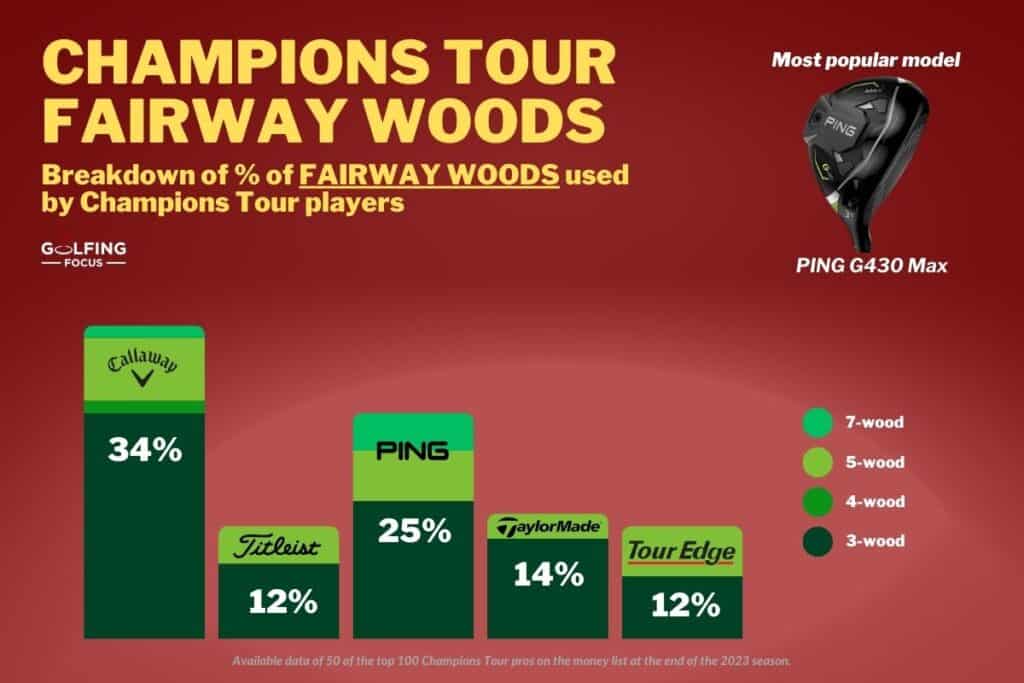
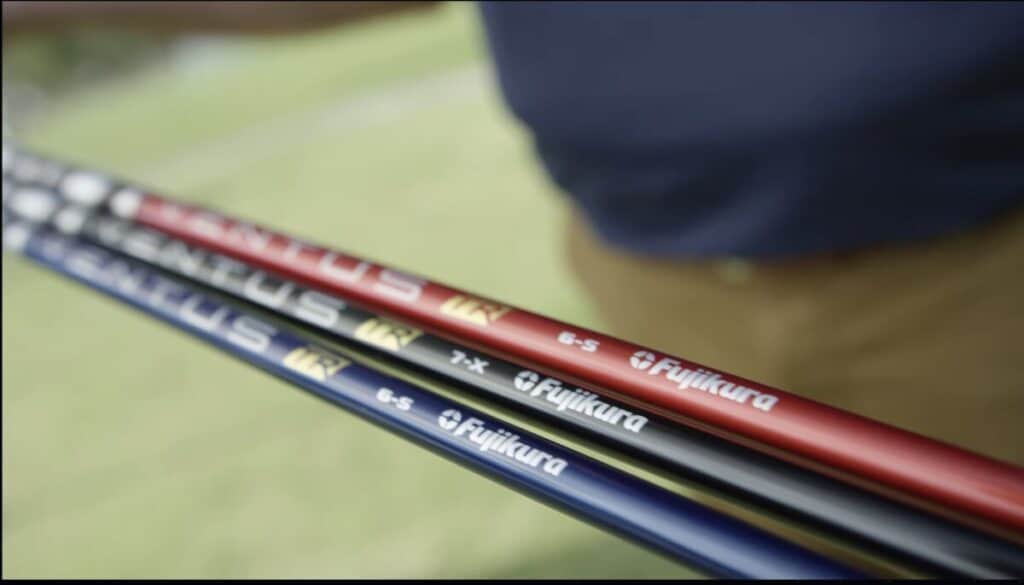
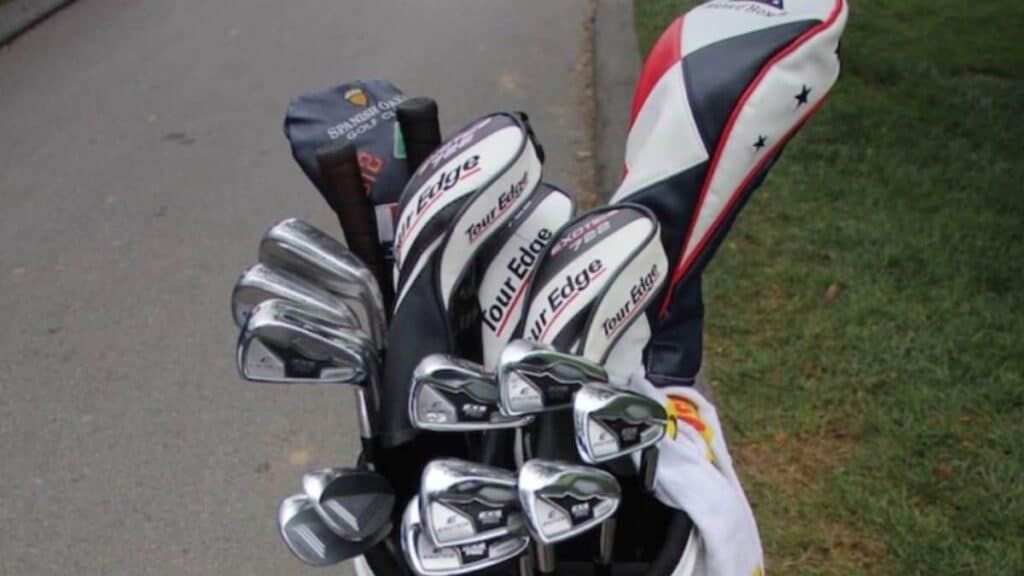
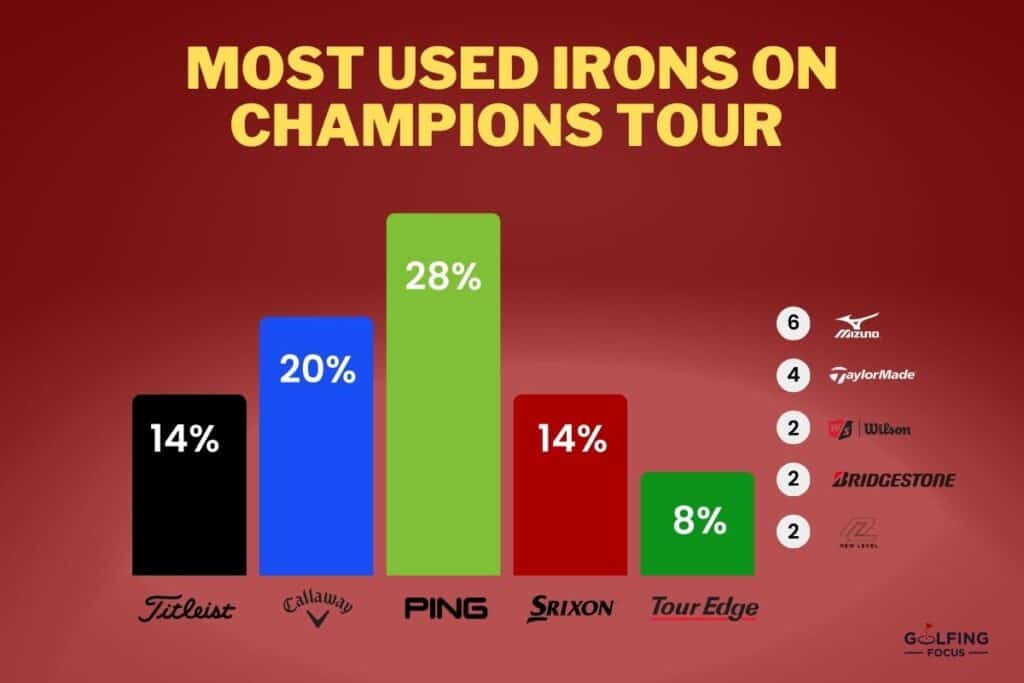

Leave a Reply